When it comes to homegrown vegetables, dwarf beans—commonly known as bush beans in the U.S.—are an all-time favorite for both beginner and seasoned gardeners. Compact, fast-growing, and remarkably productive, these beans bring crisp texture, rich flavor, and incredible versatility to your summer table.
Unlike their climbing cousins, pole beans, dwarf beans grow neatly in self-supporting bushes, making them perfect for small gardens, raised beds, patios, and urban spaces. They mature quickly, thrive in the American climate, and require minimal maintenance—no trellises, no fuss.
Whether you’re after the satisfaction of growing your own food, looking to add nutrient-packed beans to your diet, or simply want a plant that delivers a big harvest in little space, dwarf beans are a must-have in your vegetable garden.
In this detailed guide, we’ll explore how to grow, harvest, cook, and enjoy dwarf beans—along with practical gardening tips tailored for the American grower.
1. Understanding Dwarf Beans: Small Plants, Big Rewards
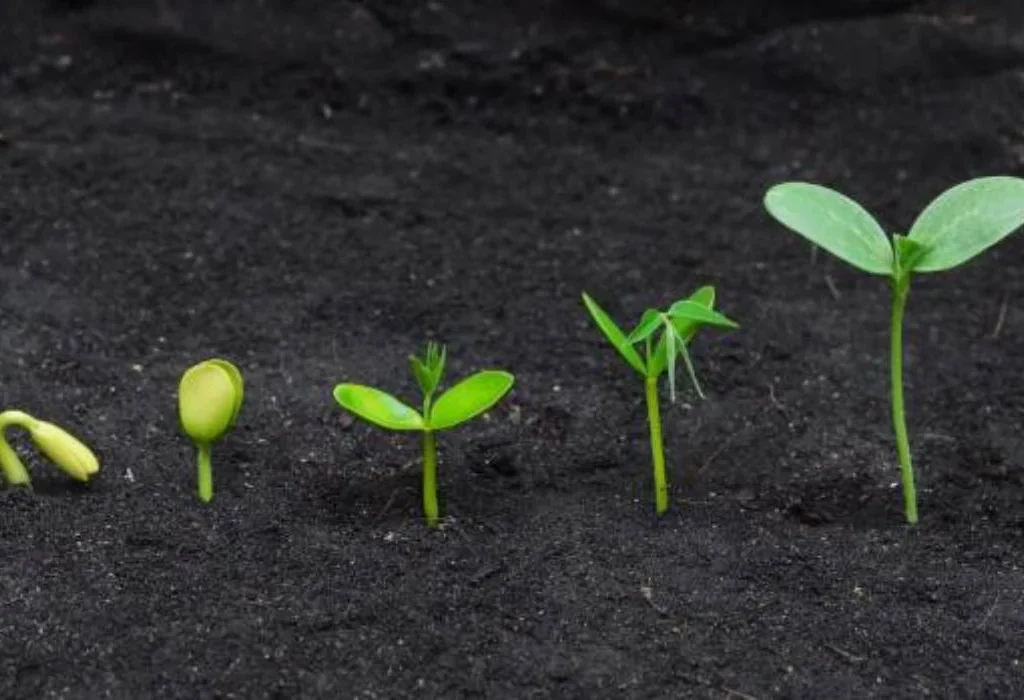
Dwarf beans (Phaseolus vulgaris) are bush-type varieties of the common green bean. They grow up to about 18–24 inches tall and produce abundant pods over several weeks.
Unlike pole beans that require vertical support, dwarf beans have a compact, self-supporting growth habit—ideal for raised beds or container gardens. They mature faster too, typically ready for harvest in 50–60 days after sowing.
In the U.S., these beans are often referred to as:
- Bush beans
- Snap beans (when eaten whole and fresh)
- French beans (especially slender varieties)
- Wax beans (yellow-colored types)
Their crisp pods and mild flavor make them perfect for salads, stir-fries, soups, and canning—earning them a beloved spot in both home gardens and farmers’ markets.
2. Top Dwarf Bean Varieties to Grow in the U.S.
Choosing the right variety ensures great yields and fits your growing region. Here are some American gardener favorites:
‘Provider’
A dependable, early-maturing variety that thrives even in cooler soil. Popular for its uniform pods and high yield.
‘Contender’
One of the best all-around dwarf beans—heat-tolerant, early to produce, and excellent for canning or freezing.
‘Blue Lake 274’
A classic variety with tender, stringless pods and outstanding flavor. Perfect for fresh eating or preserving.
‘Golden Wax’
Produces bright yellow pods with buttery flavor. Great for visual appeal in mixed bean dishes or pickling.
‘Tendergreen Improved’
Known for its disease resistance and tender pods. Does well in most U.S. regions.
3. When and How to Plant Dwarf Beans in America
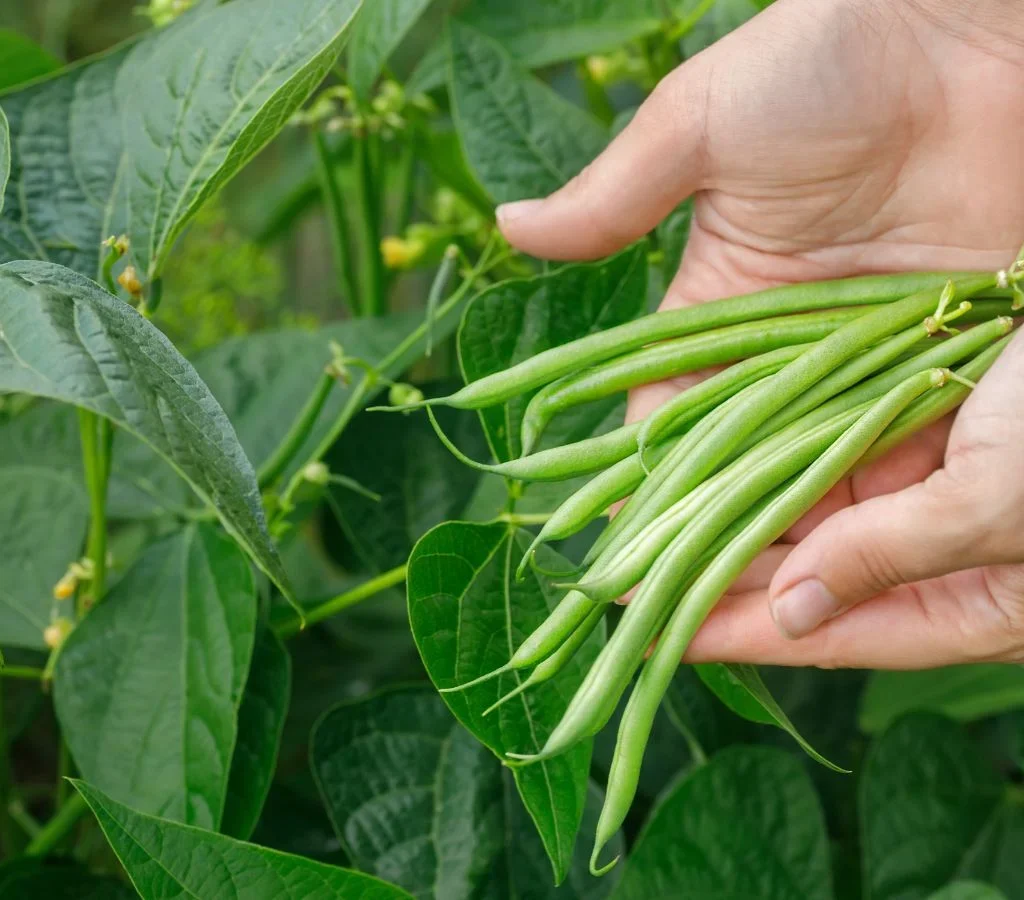
Dwarf beans thrive in warm weather and can be grown throughout the U.S. during the frost-free months.
When to Plant
- Spring: After the last frost date, when soil temperatures reach 60°F (15°C).
- Summer succession planting: Sow every 2–3 weeks for continuous harvests until mid-summer.
Soil Preparation
Beans prefer loose, well-draining soil rich in organic matter.
- Ideal pH: 6.0 to 7.5
- Avoid heavy clay soil or over-fertilizing with nitrogen—it promotes leaf growth but fewer pods.
Before sowing, mix in compost or aged manure to enrich the soil naturally.
How to Sow
- Plant seeds 1 inch deep and 3 inches apart in rows spaced 18–24 inches apart.
- Water well after planting.
- Seedlings emerge in 7–10 days.
Beans don’t like being transplanted, so sow them directly into the garden for best results.
4. Caring for Dwarf Beans
Dwarf beans are known for being low-maintenance—but a little care goes a long way.
Watering
Keep the soil consistently moist but not soggy. Water at the base to avoid wetting the foliage, which can cause fungal disease.
Sunlight
Beans love full sun—at least 6–8 hours per day. The more sunlight, the sweeter and crisper the pods.
Mulching
Apply a layer of straw or compost mulch to retain moisture and suppress weeds.
Fertilization
Beans are natural nitrogen fixers, meaning they enrich the soil by producing their own nitrogen. Avoid heavy feeding—just a light compost dressing mid-season is enough.
5. Common Pests and Diseases (and How to Prevent Them)
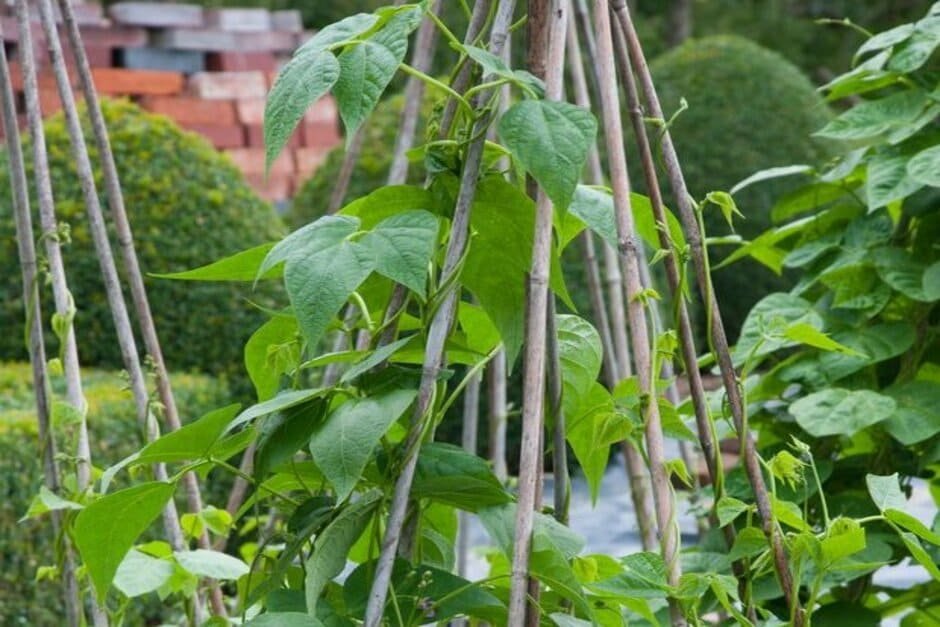
Like most garden crops, dwarf beans can attract some pests, but natural prevention works wonders.
Common Pests:
- Aphids: Spray with neem oil or insecticidal soap.
- Bean beetles: Handpick or use row covers.
- Cutworms: Protect young plants with collars made of cardboard tubes.
Common Diseases:
- Powdery mildew: Improve air circulation and avoid overhead watering.
- Root rot: Ensure soil drains well—never let beans sit in waterlogged soil.
Crop rotation also helps—avoid planting beans in the same spot every year to prevent soil-borne diseases.
6. Harvesting Dwarf Beans: Timing Is Everything
Dwarf beans typically mature within 50–60 days of planting. Harvest when pods are firm, smooth, and about 4–6 inches long—before seeds inside become too large.
Harvesting Tips:
- Pick every 2–3 days to encourage new pods.
- Use scissors or pinch pods gently to avoid damaging the plant.
- Harvest in the morning for the crispest texture.
Fresh dwarf beans can be stored in the refrigerator for up to a week in a paper bag or airtight container.
For longer storage, blanch and freeze them—perfect for soups and stews later in the year.
7. Cooking and Enjoying Dwarf Beans

Freshly picked dwarf beans are one of the most versatile vegetables in the American kitchen. Their mild flavor pairs beautifully with everything from grilled meats to Mediterranean salads.
Here are a few delicious ideas:
1. Classic American Green Bean Salad
Blanch beans until tender-crisp, toss with olive oil, red onion, cherry tomatoes, and feta. Serve chilled for a refreshing summer side.
2. Garlic Butter Sautéed Beans
Cook beans in a skillet with butter, minced garlic, and a squeeze of lemon juice for a simple and flavorful dish.
3. Southern-Style Stewed Beans
Simmer dwarf beans with bacon, onions, and broth for a hearty comfort meal—a Southern favorite.
4. Dwarf Bean Stir-Fry
Quickly stir-fry with soy sauce, sesame oil, and crushed peanuts for an Asian-inspired twist.
5. Pickled Beans (Dilly Beans)
Preserve your summer harvest by pickling dwarf beans in vinegar, dill, and garlic. A crunchy, tangy snack that lasts for months.
8. Health Benefits of Eating Dwarf Beans
Dwarf beans are not just tasty—they’re a nutritional powerhouse loaded with vitamins and minerals.
- Low in calories, high in fiber: Supports weight management and digestive health.
- Rich in vitamins A, C, and K: Boosts immunity and promotes healthy skin and bones.
- Packed with antioxidants: Helps fight inflammation and cell damage.
- Good source of plant-based protein: Great for vegetarian and vegan diets.
- Supports heart health: Lowers cholesterol and blood pressure when included in a balanced diet.
Adding fresh or lightly cooked beans to your meals provides essential nutrients while keeping your plate colorful and wholesome.
9. Why Dwarf Beans Are Perfect for Small and Urban Gardens

One of the best things about dwarf beans is how space-efficient they are. You can grow them almost anywhere:
- Balcony containers
- Raised beds
- Window boxes
- Small backyard plots
Their compact growth habit means you can enjoy generous yields even in tight spaces. Dwarf beans also make excellent companion plants for crops like carrots, cucumbers, and radishes—helping improve soil fertility and reduce pests naturally.
For city gardeners across the U.S.—from New York rooftops to Los Angeles patios—bush beans are the perfect entry point into home gardening.
10. Sustainability and Soil Health Benefits
Growing dwarf beans isn’t just good for your diet—it’s great for the planet. As legumes, these plants fix nitrogen in the soil, improving fertility naturally. This reduces the need for chemical fertilizers and helps promote sustainable gardening practices.
After harvest, bean plants can be composted to return nutrients to the soil, closing the loop for an eco-friendly garden cycle.
Conclusion: Small Plants, Big Harvests
Dwarf beans prove that great things really do come in small packages. Easy to grow, quick to mature, and bursting with nutrition, they’re one of the most rewarding crops for any American gardener.
From planting to plate, bush beans deliver fresh, healthy, and flavorful food—right from your backyard or balcony. Whether you’re feeding your family, exploring sustainable gardening, or just love the joy of harvesting something you grew yourself, dwarf beans make it simple and satisfying.
So grab a packet of seeds, get your hands dirty, and let the magic of dwarf beans transform your garden and your meals this season.
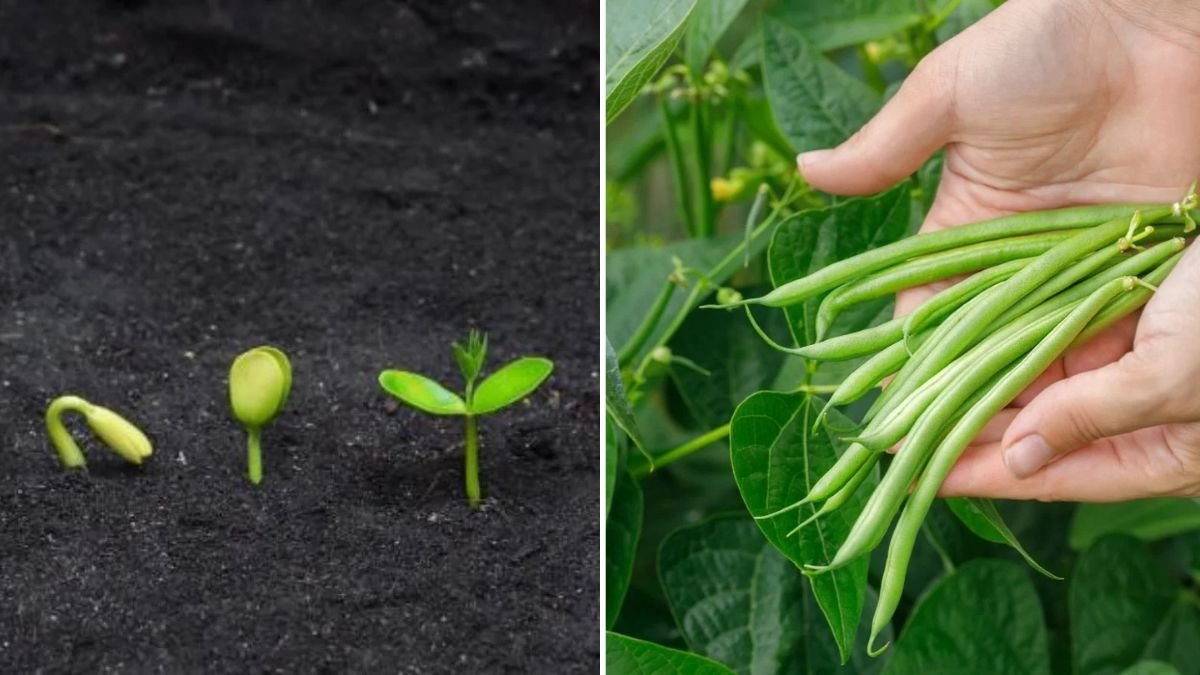
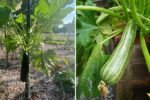

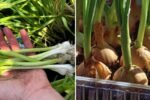
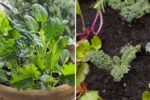
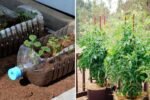
Leave A Comment